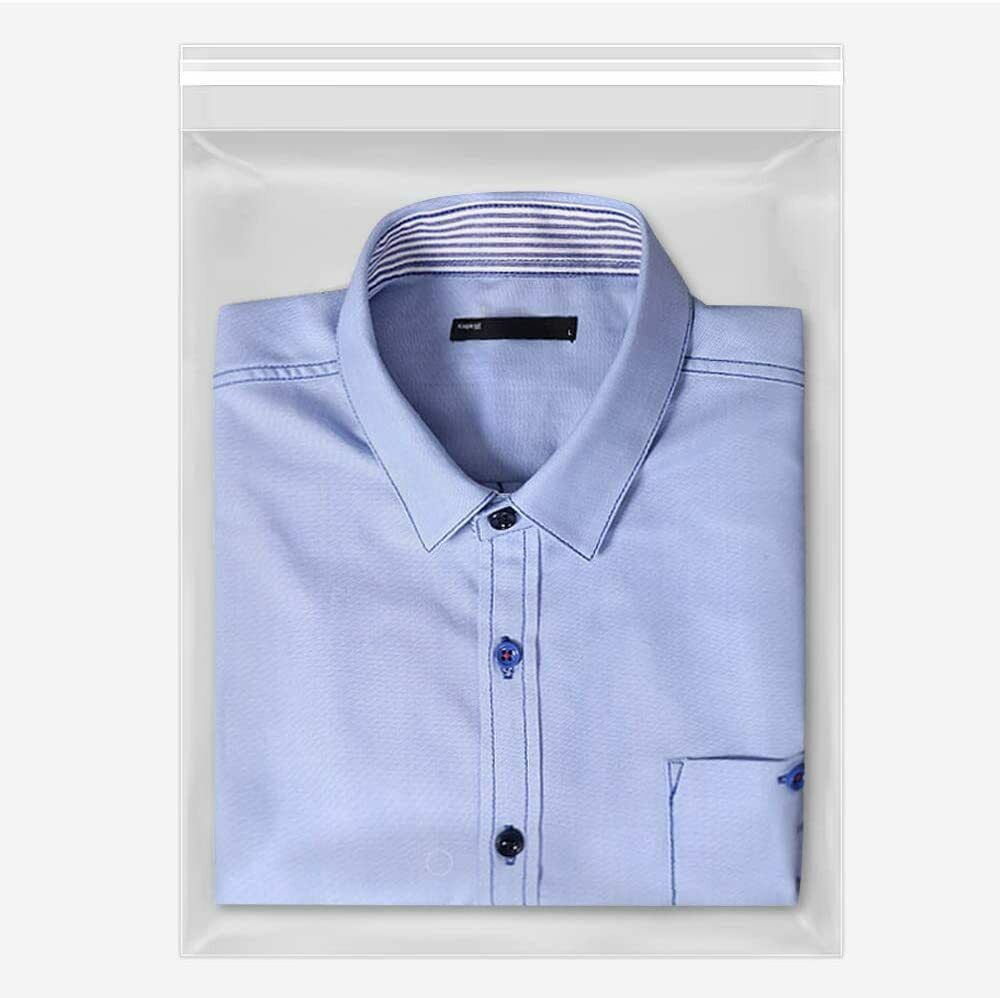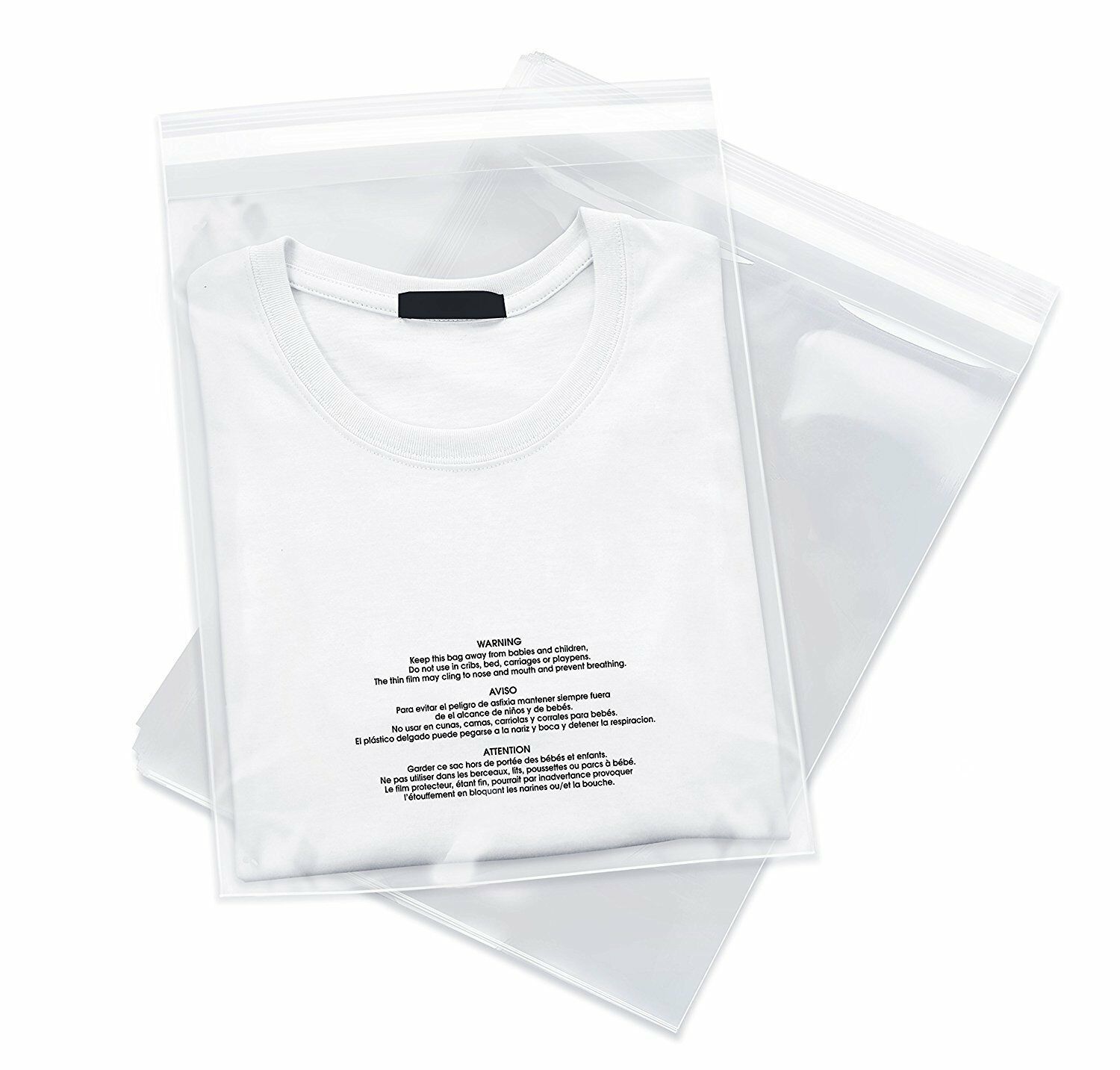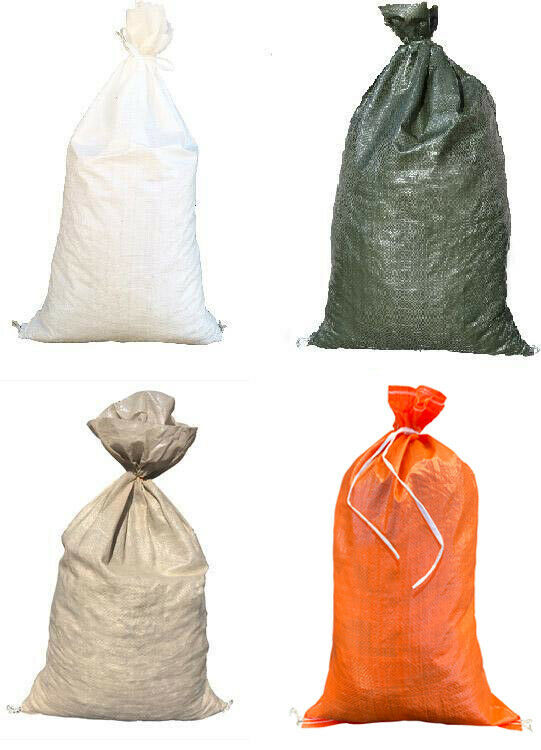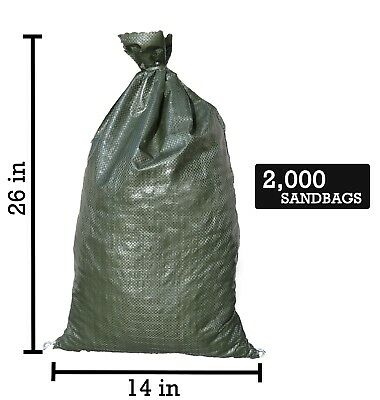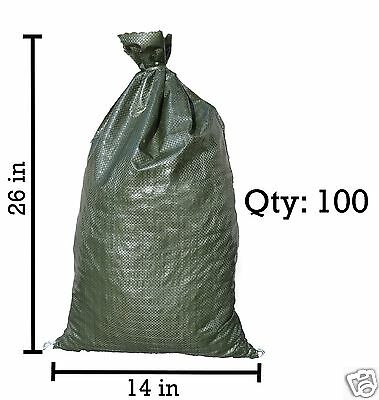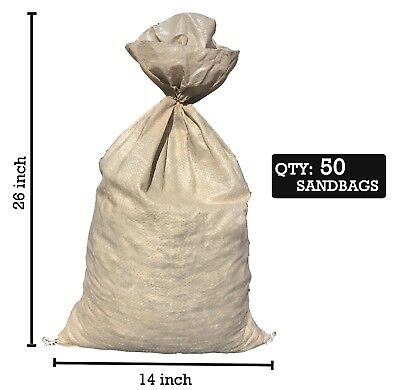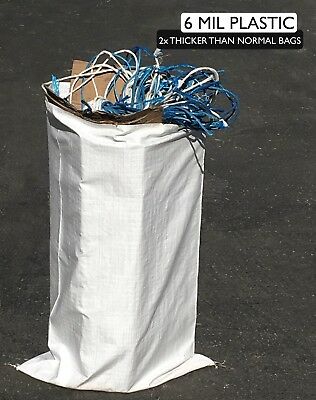-40%
Sandbaggy - 1 -17x27 Long-Lasting Empty Sandbags For Sale- Sandbag Sand Bags Bag
$ 3.69
- Description
- Size Guide
Description
Long-Lasting SandbagOther names for Long-Lasting Sandbags:
Monofilament,
Poly Bags, Sandbag, Sandbagging, Empty Sandbags, Sand bags, Military Sandbags, Polypropylene Bags, Sand bag
These rugged long-lasting sandbags are made for heavy-duty applications & can sit under direct sunlight for 1-2 years before they began to degrade. Compared to standard sandbags with a 6 month life, these long-lasting sandbags can last twice as long. These structurally durable sandbags will not rupture if driven over by cars. Manufactured from high-density polyethylene materials, each strand is a single filament. The non-deformable filaments are woven in a specific pattern and fusion welded for extra strength. Excellent for heavy duty applications like sandbagging, landscaping and construction.
Features:
Size/Color: Brown - 17" x 27"
Quantity: 1
Empty Long-Lasting Sandbags made by Sandbaggy
Heavy duty sandbags - lasts up to 1-2 years under direct sunlight compared with 6 months on standard sandbags
Made of high-density polyethylene
Includes tie string- used to enclose sandbag
Photodegradable- meaning that the sandbags will decompose under sunlight
50 lbs weight capacity
Great for making flood barriers & for flood control
Bag should be filled with gravel
Sandbags Filling Tips
Fill sandbags ½ to ⅔ full and tie the bag at the top (lay flat when in place). This sandbag should weigh between 35-40 lbs. An overfilled sandbag weighs between 60-75 lbs and will leave gaps which will allow water to seep through.
Always wear gloves during filling operation to avoid hand injuries and protect from contaminants in sand and floodwater. Safety goggles should be used on dry and windy days.
Filling sandbags is physically demanding work and can easily cause back and other injuries if not careful. Always lift with your legs and not your back. Do not reach out, bend over, or twist when lifting.
Do not throw sandbags - it stresses the back and shoulders. Rather use a brigade line to pass bags
Use a short handled, #2 rounded point shovel with straight shaft and D grip, bagger scoop or funnel to fill sandbags.
Remove any debris from the areas where the sandbags will be placed. After placing the sandbag, walk on sandbags to create a tight seal between each bag.
Fill Materials
Sandbaggy sandbags are built to withstand both gravel or sand. Be aware of poor quality sandbags that rupture when filled with sharp gravel rocks.
Gravel should be filled in sandbag when used as an erosion control device (on slopes). Sand should be filled for flood control needs, whether to protect doors or garage or to divert water. If sand or gravel is not accessible, less effective solutions is to fill the sandbags with backyard soil.
In case you're wondering, here's some of the purposes of the different color of sandbags.
military-green sandbags = used to match the environment’s color
beige color sandbags = used to match the soil’s color
orange color sandbags = used when the sandbag needs to stand out (such as in safety situations)
white color sandbags = used in all kinds of situations
In case you were wondering, here's the difference between monofilament bags, regular sandbags and burlap bags:
Monofilament bags
are made from polyethylene (which is an extremely heavy duty plastic), allowing the bag to last up to three years under direct sunlight. Our monofilament bags are available in 11" x 48" (available in green), 17" x 27" (available in brown) and 14" x 26" (available in yellow). We recommend someone to use
monofilament bags
if they do not plan on moving the bags for a couple of years.
Meanwhile,
regular sandbags
are made from polypropylene (which is also a plastic), but does not last as long as monofilament bags. Our Sandbaggy sandbags which comes with 1600 UV typically lasts about six months under direct sunlight. Our sandbags are available in 14" x 26" (available in military green, white, beige, and orange), 18" x 30" (available in white) and 25" x 40" (available in white). We recommend someone to use
regular sand bags
if they are on a limited budget.
Meanwhile,
burlap bags
are made from strong jute natural fibers. So it is 100% biodegradable. It is perfect for someone who wants to protect the environment by reducing waste. Our Sandbaggy burlap bags are available in 14" x 26", 22" x 36", and 24" x 40." We’ve found that our
burlap bags
are used to store food (since our bags are food grade), store hardware and metal parts, flood control, and sack racing.
In case you were wondering, here's some information on what size sandbag one should buy:
A common question we get asked is what size sandbag should I get? So for our regular sandbags, we have them in 14" x 26", 18" x 30", and 25" x 40."
Our 14" x 26" sandbag is typically used for flood control, erosion control, and military fortification. We wouldn’t recommend using 14" x 26" sandbags to store materials since they are usually too small.
Our 25" x 40" sandbags are typically used for storing materials/food and sack racing. These sandbags are not well suited for erosion or flood control, since they are too heavy to be moved around.







